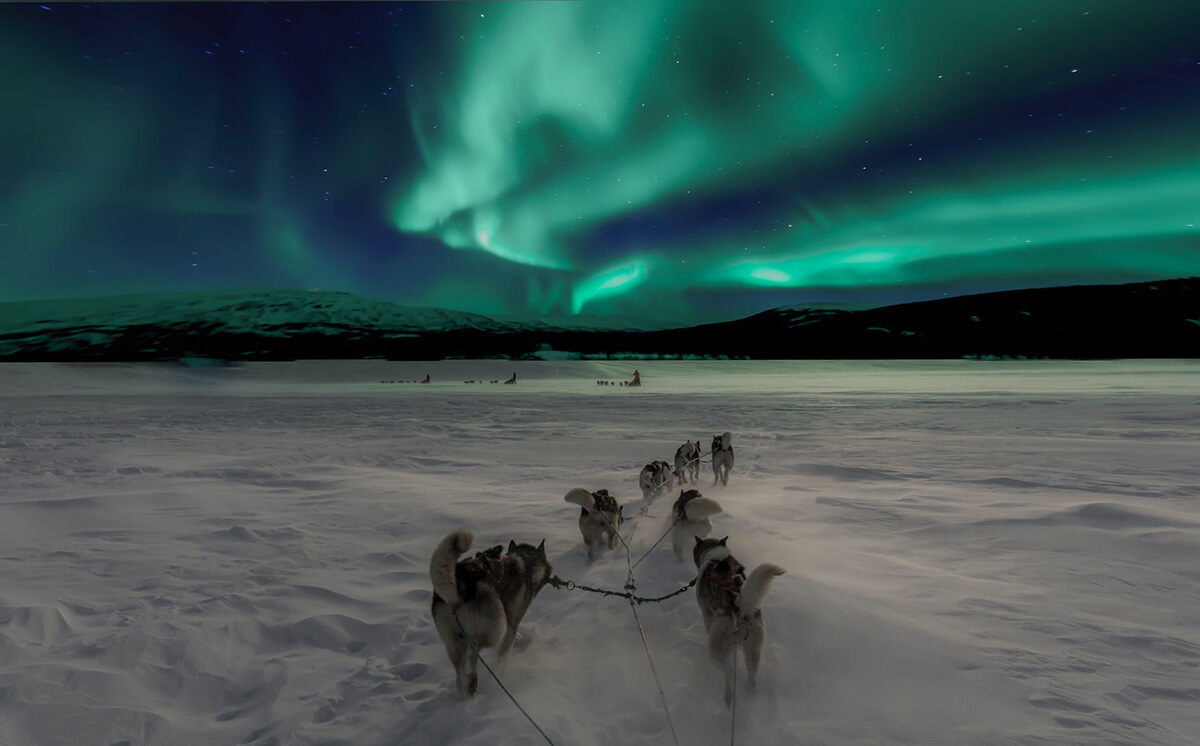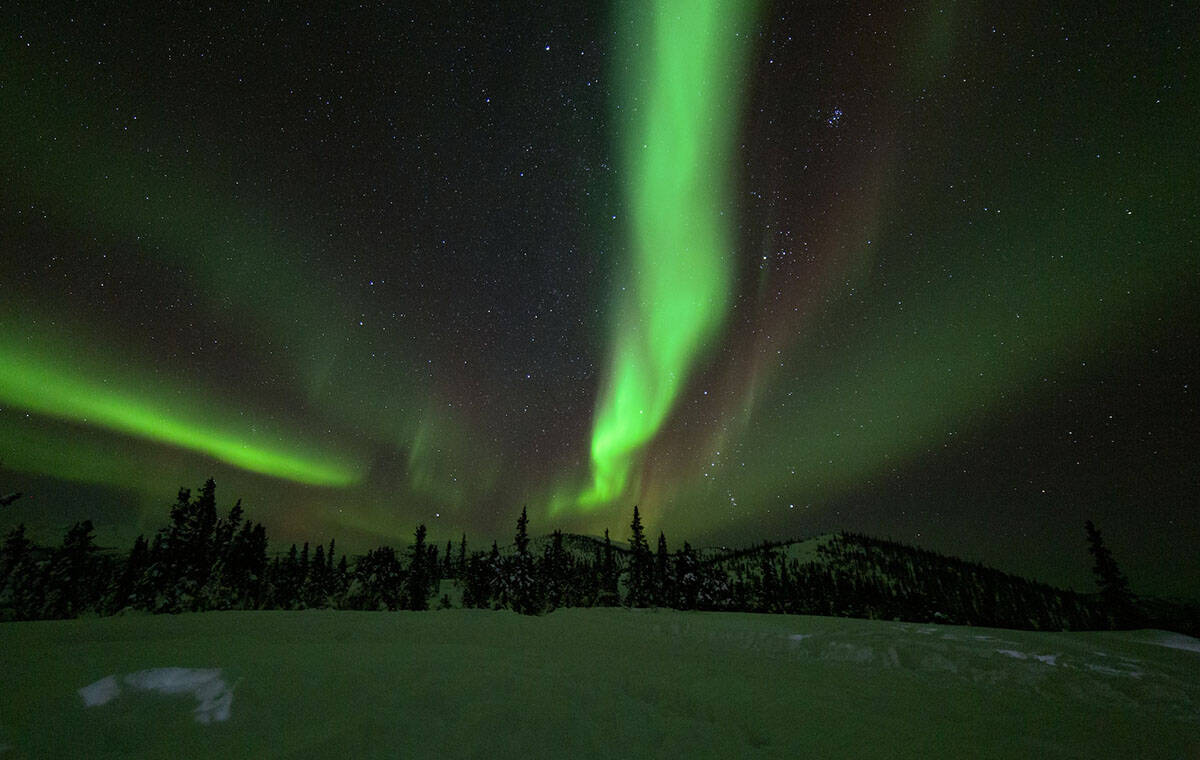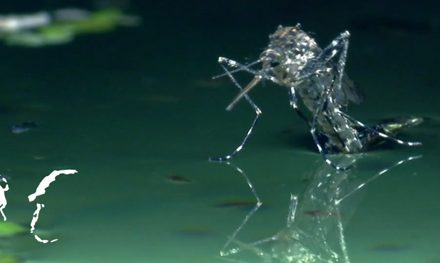Seeing the Northern Lights isn’t just about the visual spectacle. It’s a moment of introspection. A chance to engage in an intimate dance with the infinite cosmos and awaken a profound connection with the universe itself.

Let this guide take you on a journey through the best time of the year to see the Northern Lights, and the best countries with Northern Lights experiences. Hopefully, you’ll find everything you’ve wanted to know about your adventure to witness this celestial ballet.
What is this sorcery?
These collisions cause the atoms to become ‘excited’ and emit light as they return to their normal state. The Oxygen in Earth’s atmosphere gives off green and red light, while nitrogen generally gives off blue and purple light.
The scientific name for this phenomenon is an aurora; thus Aurora Borealis is the scientific name for the Northern Lights. Auroras are typically seen at the north and south poles since the Earth’s magnetic field guides charged particles to the poles. The Southern lights are also referred to as the Aurora Australis.
During periods of intense solar activity, auroras can be brighter and more active, and can occasionally be seen at lower latitudes. In early 2023, residents in Victoria’s southwest were treated to an aurora show.
If this explanation is too simplified for you and you want to go deeper, all the above information is sourced from the Geological Institute at the University of Alaska Fairbanks. If you’re struggling to explain it to your kids, show them NASA Space Place.
The best time of the year to see the Northern Lights
So how can you maximise your chances? Well, the most significant factors influencing the likelihood are how far you are from the magnetic pole and how clear and dark the skies are. The nights are longest and darkest from September to April, so, there you have it. Now you can shoot that e-mail to your boss to ask for time off work.
There is a common misconception that the best month to see the Northern Lights is March or September, due to the solar activity peaking during the equinoxes. This was dubbed the ‘Russell-McPherron effect’ after the scientists who first proposed it. However, more recent studies suggest that while geomagnetic activity does show some increase around the equinoxes, it’s not as pronounced as often claimed.
The best ways to see the Northern Lights
Norway: A Scandinavian Spectacle

Norway’s fjords, bare mountain ranges, emerald-green lakes and Narnia-esque birch forests make the perfect setting for experiencing the world’s most incredible light show.
Tromsø, located above the Arctic Circle, is one of the most famous destinations for aurora hunters. The city’s surrounding countryside, away from the light pollution, provides plenty of options for a Northern Lights experience. Also in Norway’s north, Narvik is another good option. Add a dog sledding or a snowmobile tour, and you’ve got one of the best adventures in Norway.
Sweden: The Northern Lights in the Land of the Midnight Sun

If you’ve ever heard about how the Swedes live and breathe nature, you won’t be surprised that Sweden is a popular destination for the more adventurous traveller seeking a Northern Lights experience. But Sweden offers a thousand different ways to experience the dancing sky.
The Aurora Sky Station is one such example – from the base of Mt. Nuolja, you’ll catch a chairlift to the Sky Station before making the short climb to the summit, where you can watch the auroras reflecting off an alpine lake. If you’re someone who likes staying in unique accommodations, you’ve no doubt seen photos of glass igloos like those at Kakslauttanen Arctic Resort – where you can watch the Northern Lights from your cosy bed – or heard about the Icehotel in Jukkasjärvi, where you can sleep in a room made entirely of ice and snow (and take one of their many tours to see the lights). The village of Abisko is another popular destination, renowned for its clear skies and offering Northern Lights viewing options that range from snowshoeing tours to much warmer 4WD tours.
Iceland: A frozen wonderland with glittering skies

From stark lava fields and geysers to towering glaciers, Iceland is an adventurer’s dream and should be on every photographer’s bucket list. It’s undoubtedly one of the world’s most incredible landscapes, so just imagine what it looks like under the vibrant glow of the Aurora Borealis. Akureyri or the Westfjords are other more remote destinations.
Þingvellir National Park, a UNESCO World Heritage Site, is most significant as the geological meeting point of two continental plates. It’s also a popular and idyllic spot to catch the auroras. Even the nation’s capital, Reykjavik, occasionally provides a good show on clear, dark nights. The Grotta Lighthouse on the city’s outskirts is a popular spot, as it’s accessible yet remote enough to reduce light pollution. A boat tour from Reykjavik’s Old Harbor offers a chance to escape the light pollution and see the Northern Lights, surrounded by the dark North Atlantic Ocean.
Alaska: The Northern Lights over the wild frontier

Alaska, the USA’s own frozen frontier, is a treasure trove of outdoor adventure experiences. Its stark and expansive landscape, dominated by untamed wilderness, towering mountains, and crystal-clear lakes, sets the stage for a quintessential Northern Lights viewing spectacle.
Fairbanks, with its northern latitude and minimal light pollution, is famed as the epicentre for catching the cosmic spectacle. Its cold, dark winter nights paint an ideal canvas for the Aurora Borealis to take centre stage. If you’re a fan of luxury, check out Chena Hot Springs Resort, where you can soak in natural the geothermal waters while the Aurora Borealis dances overhead. Another populaar option is seeing the Northern Lights in Alaska while cruising through Alaska’s icy waters, where even the most choosy photographer will love the unobstructed views of the auroras reflected in the serene waters.
For a more adventurous viewing experience, Denali National Park’s wilderness is devoid of artificial light, making it a prime location for Northern Lights viewing. You can spend the day exploring the park’s diverse wildlife and natural wonders, and then turn your eyes skyward come nightfall for an awe-inspiring show.





